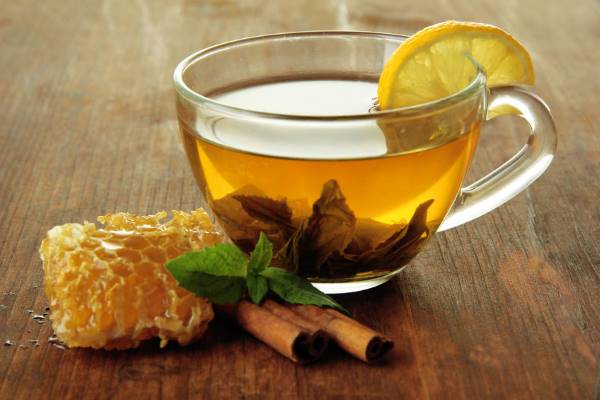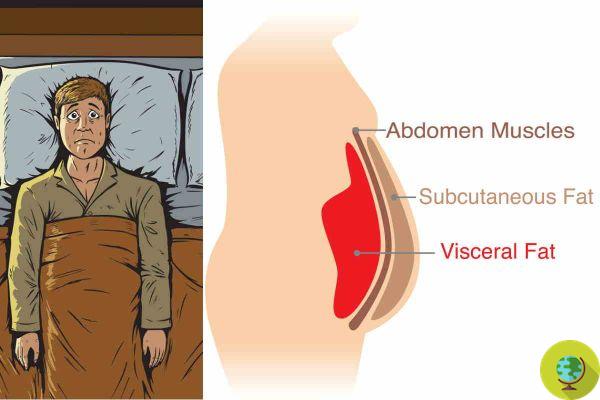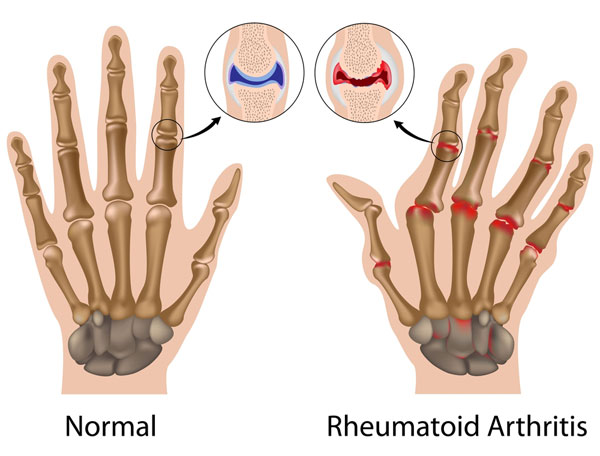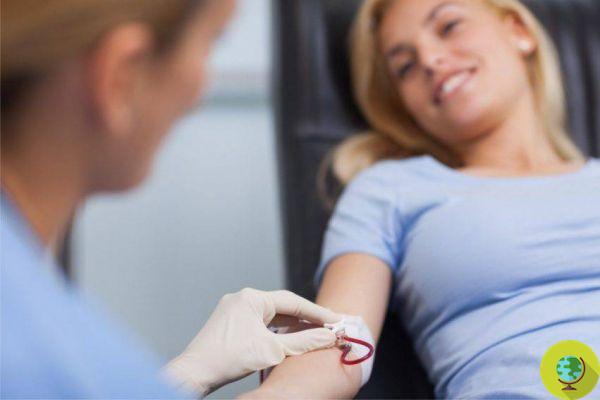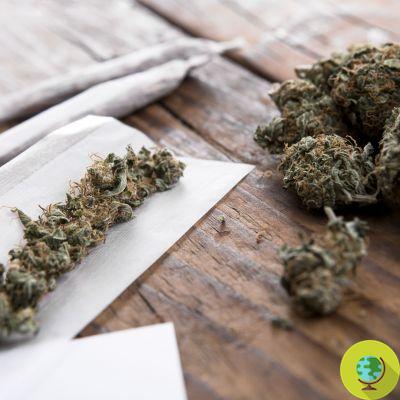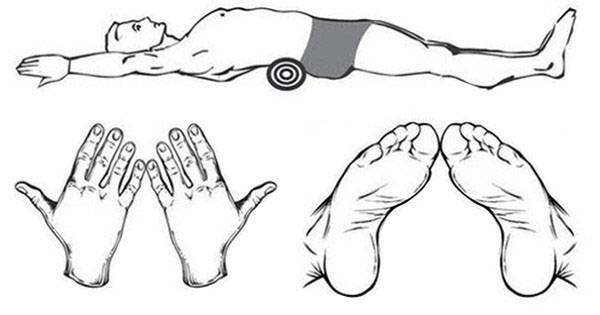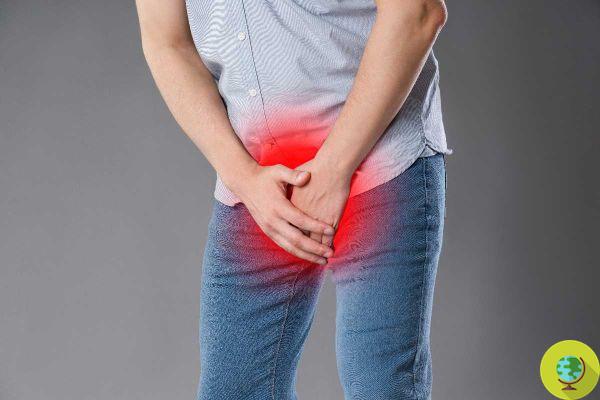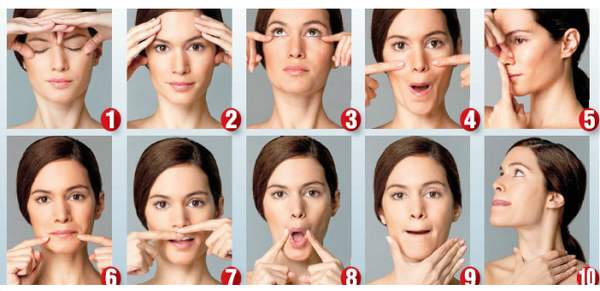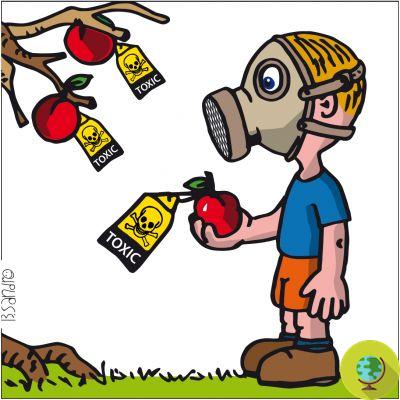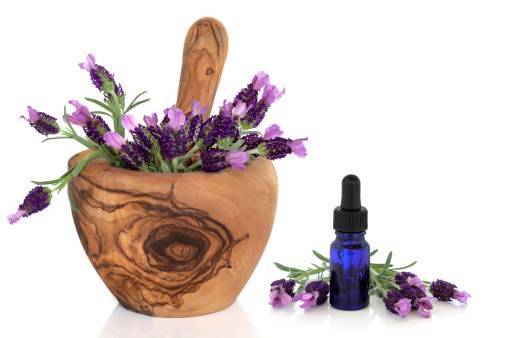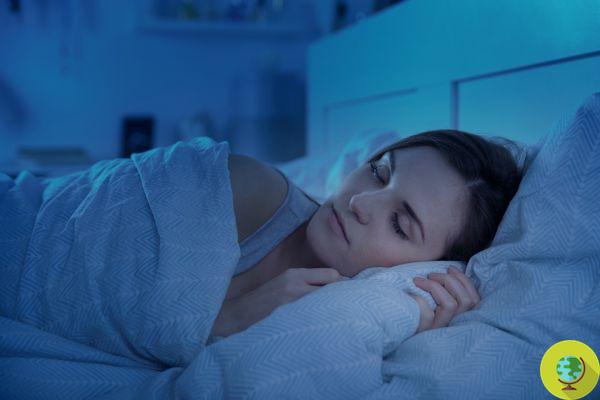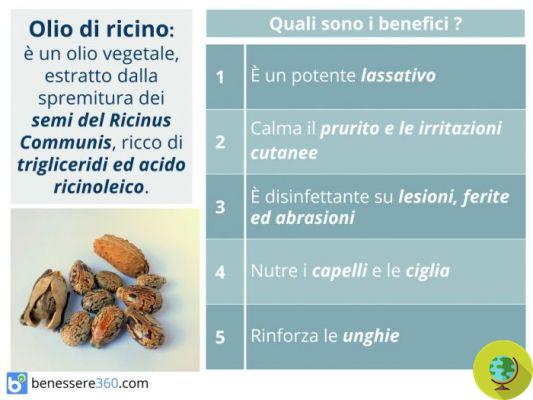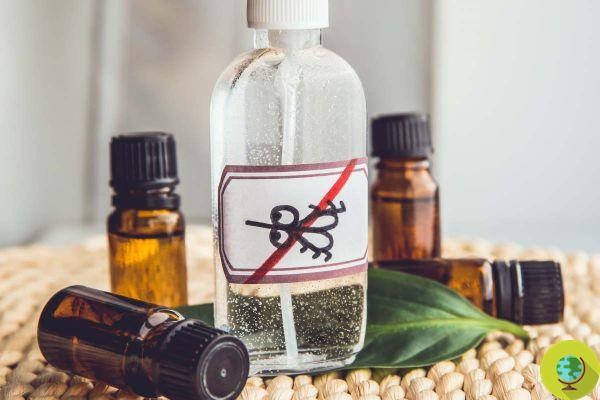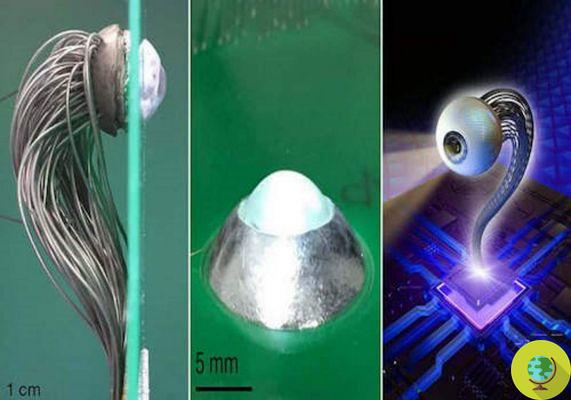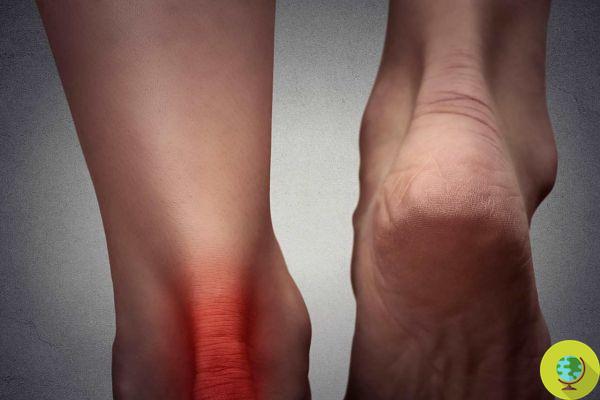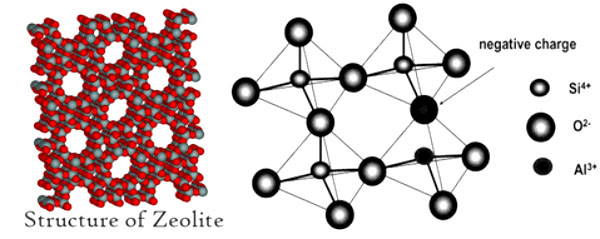It is indicated by "jaundice" (or "jaundice) that particular yellowish and uniform color of the skin and the sclera of the eyes. Let's see what are the symptoms and the diet to follow.
Don't store avocado like this: it's dangerousIf you indicate with “jaundice" (or "jaundice) the particular one yellowish and uniform coloring of the skin and sclerae of the eyes, caused by a elevation of blood bilirubin values. It is very common among the Infants, for which it disappears spontaneously, but can also develop in adults following liver or liver disease gallbladder. But what are the symptoms of jaundice? And there are consequences or one particular diet to follow?
In essence, it is a condition that occurs solely due to a excess bilirubin in the blood and jaundice becomes visible when bilirubin levels exceed a certain threshold.
Index
What is jaundice
Jaundice is the term for a change in the color of the skin, eyes and mucous membranes, which tend to take on a yellowish appearance due to the increase in bilirubin, a pigment found in bile and which is mostly formed during the destruction of the hemoglobin contained in damaged red blood cells or which has ended their life cycle.
Similar symptoms can also be found in the frenulum of the tongue and in the presence of sub-jaundice (which experts consider the antechamber of actual jaundice).
Le causes of jaundice are manifold, but from reconnecting to liver health most of the time. For a correct diagnosis, laboratory tests are generally used and in many cases also imaging techniques.
Jaundice appears when circulating bilirubin in the blood exceeds 2-2,5 mg per 100 ml, while sub-jaundice occurs when these values are only slightly higher without reaching this threshold (here you will find the reference values of bilirubin).
Typically, in relation to the serum concentration of bilirubin, jaundice can be lieve, medium o severe, while depending on the skin nuances we talk about:
- flavin jaundice
- rubinic jaundice
- verdinic jaundice
- melanic jaundice
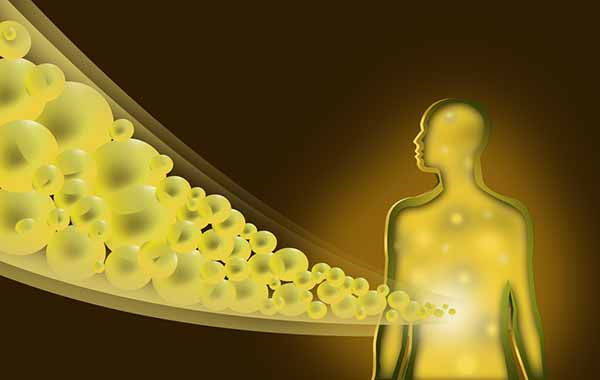
In addition, in addition to the known neonatal jaundice andjaundice in pregnancy, jaundice are distinguished obstructive, jaundice hepatocellular and jaundice hemolytic, according to which there are several causes that we will analyze later.
Jaundice symptoms
In addition to typical yellowish discoloration of skin and eyes, urine may also be darker than normal, since in these cases the excess bilirubin is excreted through the kidneys.
Other common symptoms of jaundice can be:
- pruritus
- I made lighter than normal
and any other symptoms depend on the disease that caused the jaundice such as:
- some tumors
- hepatitis
Who follows adiet very rich in beta-carotene you may see your skin turn yellow: in this case you are absolutely not in the presence of jaundice.
Typically, jaundice is diagnosed through laboratory and instrumental tests, such as:
blood tests, including bilirubin tests
urine tests, to analyze the amount of urobilinogen present
imaging tests, to analyze the condition of the liver and biliary ducts
possible liver biopsy
Jaundice causes and consequences
It is clear, therefore, that the understanding of the origin of a pathology such as jaundice is to be found in the previous knowledge of bilirubin metabolism: this pigment derives from the catabolism of aged red blood cells and is made water-soluble by the liver, which transforms it into direct bilirubin to facilitate urinary elimination. It is therefore necessary to establish whether the jaundice is due to an excess of direct or indirect bilirubin, by means of urinalysis.
Based on this, different types of jaundice are differentiated:
Obstructive jaundice
It is characterized by a increased levels of direct bilirubin in the blood and indicates a condition where the urine is darker and the stools lighter (also accompanied by bradycardia and itching). This means that the outflow of bile to the intestine is prevented due to:
- obstruction of the bile ducts, for example due to the presence of stones or sclerosing cholangitis
- liver diseases of various origins that make it impossible to excrete bile from the liver
Hepatocellular jaundice
It is due to the impaired function of liver cells, so much so that indirect bilirubin levels rise. This picture could be caused by:
- inability to intercept indirect bilirubin due to a deficiency of two proteins, ligandins Y and Z, which block it in the hepatocyte freeing it from albumin (Gilbert's syndrome)
- inability to conjugate indirect bilirubin (this is what happens in neonatal jaundice)
- congenital defect of the enzyme glucuronyltransferase (Crigler-Najjar syndrome)
Hemolytic jaundice
In this case there is one overproduction of bilirubin and urine and feces have mostly their own coloring.
The cause of hemolytic jaundice is essentially one compact demolition of red blood cells, as occurs with haemolytic anemia, a disease that can be caused by bacterial infections, autoimmune or genetic diseases such as favism, hyperfunctionality of the spleen, pernicious anemia, thalassemia, leukemia or increased production of bilirubin.
Neonatal jaundice
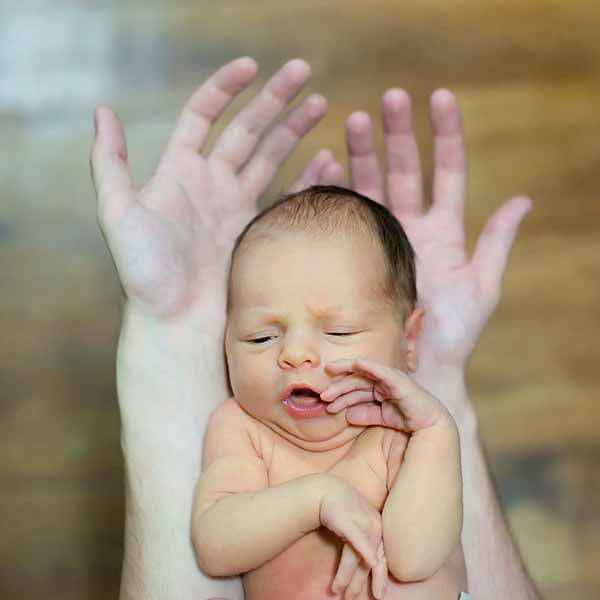
It is a condition harmless e physiological very common in newborns. It affects 60% of babies and up to 8 out of 10 babies in the case of premature birth. Also in this case the skin and the sclera take on a yellowish color and the cause is to be found in a excess bilirubin in the circulation, which exceeds the disposal capacity of the liver.
Breastfeeding in the first hours and days of the baby's life reduces the risk of occurrence, so that the production of feces increases and the milk gives that energy.ia necessary to dispose of the waste substance.
In most cases, neonatal jaundice is not a danger and it disappears completely naturally or with the help of phototherapy.
Neonatal jaundice consequences
In only a few very rare exceptions, there can be complications such as:
- deafness
- cerebral palsy
- other types of brain injury
This happens when there is the unfortunate fate that bilirubin passes into the brain and overcomes the meninges ("nuclear jaundice", Because the nuclei of the base of the brain are affected), causing damage to the areas that monitor movement. There could be life threatening in this case or, in the best of cases:
- spasticity
- movement disorders
- mental delay
You may also be interested in:
- HIGH OR LOW CREATININE. REFERENCE VALUES AND HOW TO REGULATE IT
- ALBUMIN: HIGH OR LOW. REFERENCE VALUES AND HOW TO REGULATE IT
- HOMOCYSTEINE: WHY IT IS SO IMPORTANT TO KEEP VALUES AT BOTTOM
- BILIRUBINA: WHAT IT IS, REFERENCE VALUES AND WHEN TO WORRY
Jaundice diet
Depending on the type of bilirubin that caused the jaundice, the diagnosis, therapy and diet differ. In principle, it could happen that your doctor recommends one special diet to promote an acceleration of healing, with a good amount of fresh fruit and vegetables, very liquid foods, rich in vitamins and selenium and fat-free.
It is also useful to remember not to eat processed foods and not to use substances that can tire the liver, such as alcohol or smoking and even for adults it can also be useful to expose yourself to ultraviolet light.
Generally it is recommended to:
- avoid foods that are high in fat and high in carbohydrates
- limit spicy foods
- limit the use of butter and fatty cheeses
- avoid carbonated drinks and junk food
- consume fruit juices homemade e soups of vegetables, easy to digest and able to provide the body with the essential nourishment required to accelerate recovery
Finally, remember to periodically evaluate your bilirubin levels and to avoid alcohol and smoking.
Germana Carillo




